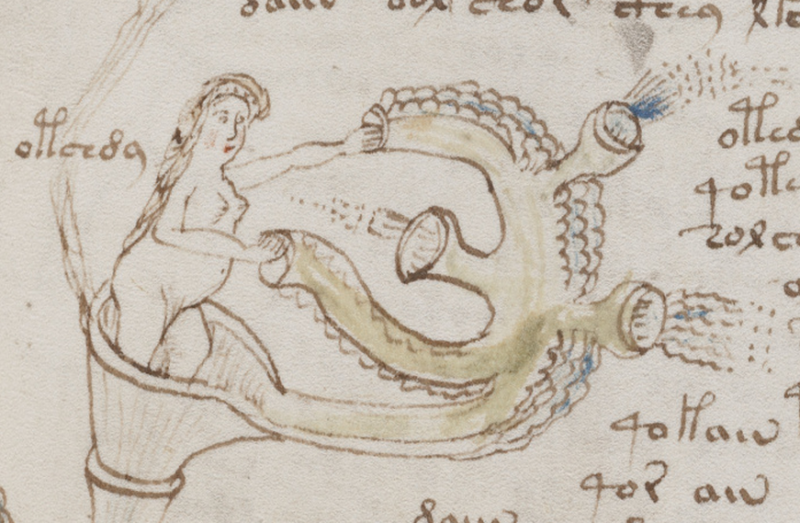CASE 4: EDMUND KEMPER
AKA The Co-Ed Killer

Going back to a true crime focus for this week, I wanted to talk about Ed Kemper. Throughout this quarantine madness I’ve been watching a lot of true crime shows, documentaries, etc. and one of my favorites is Mindhunter, which is a really amazing show on Netflix. Based on a real-life story, it includes lots of dramatized interviews with infamous serial killers and other violent criminals, focusing on how criminal profiling was designed as an investigative resource and practice as well as analyzing the psychology of these twisted individuals. It’s a fun mix of true crime, mystery, and drama. I would totally check it out if you’re into that sort of thing.
But, let’s talk specifically about Ed Kemper. He’s a pretty well-known serial killer, both because of the abhorrent nature of his crimes and also because of his larger-than-life persona; I mean that quite literally. The guy is 6’9″, and he boasts an IQ of around 145, making him extremely intelligent (for reference, the average IQ is only 100, and 160 is supposedly the mark of a “genius”). He’s a textbook psychopath, even during his childhood where he’d torture and murder animals (a common trend among serial killers). In his interviews and testimonies, he shows a jarring lack of emotional empathy. He’s very aware of how he is perceived by others, and able to use his wits to manipulate and use others to his advantage. He doesn’t always come across as cold and calculating when you watch videos of him – it’s just kind of disturbing. He discusses extremely disturbing and graphic details with a straight face and an unnaturally cool demeanor. It’s enough to give anyone the creeps.
Ed grew up in an incredibly abusive household, especially when it came to his relationship with his mother. He was physically, emotionally, and mentally abused, often discussing his mother’s strong hatred and disgust with him for merely existing. It’s easy to understand how abuse can twist an individual’s perception, morals, and mentality, but in Ed’s case it only seemed to ignite a flame that was already threatening to burn. His anger toward his home life and family led him to shooting both his grandmother and grandfather when he was just 15. He first shot his grandmother, allegedly to “know what it felt like,” before repeating the same aggression toward his grandfather. He was confined in a mental institution for just five years before being released into his mother’s care once again.
It’s clear that the obvious target of the aggression and violence Kemper felt the urge to carry out stemmed back to his terrible relationship with his mother. However, he committed a series of murders against innocent young women during the time period following his release up until his eventual incarceration. He would pick up hitchhiking female students, take them to remote and rural areas, kill them, and oftentimes decapitate and practice necrophilic acts with their corpses. I won’t go into explicit detail, because it’s pretty disturbing, but if you want to find out more, a quick Google search will suffice. Kemper finally murdered his mother before strangling her best friend in 1973. Soon after, he confessed to his crimes and turned himself in.
Part of the reason I find this man to be so horrifying, yet morbidly interesting, is because he could easily pass as a normal guy. When you know to be looking for signs of off behavior, it’s obvious. But part of the terrifying thing about psychopathic and sociopathic killers and criminals is that they’re so good at manipulating people and hiding behind a mask of charm and normality. Kemper held down jobs and casual friendships with others. By all accounts, he was a normal, albeit perhaps socially awkward, guy. No one seemed to know what was lurking beneath the surface until it was too late.
















 15th Century B.C.E.
15th Century B.C.E. July, 1518 ~ Strasbourg, Holy Roman Empire
July, 1518 ~ Strasbourg, Holy Roman Empire
